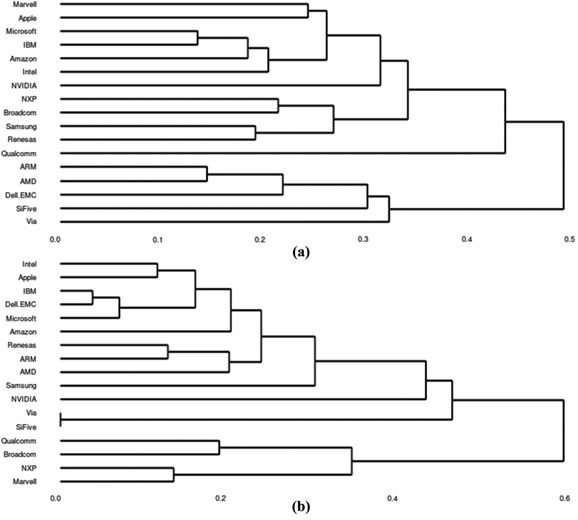The Need for Patent Analytics
Despite being worth trillions of dollars, there are few tools available to U.S. patent owners to help analyze their patents / portfolios, let alone their competitors. And of the tools that are available, they may not be statistically-based, publicly available, and/or user-friendly. In addition, many available tools use proprietary algorithms whose efficacy and reliability cannot be readily analyzed.
Dr. Yi’s Experience and his Statistically-Based Patent Analytics Toolkit
To address this gap in capabilities, Dr. Yi has been developing a statistically-based Patent Analytics Toolkit, and a platform to easily combine the outputs of those tools together for even deeper analysis. To do so, Dr. Yi leverages his 13+ years of technical experience and his 10+ years of patent litigation experience. More specifically, with respect Dr. Yi’s technical experience, his Ph.D. dissertation primarily focused on statistically-rigorous simulation methodology. Dr. Yi used a fractional multi-factorial design of experiments in order to analyze performance bottlenecks in microprocessors. By using a specific design of experiments, Dr. Yi was able to reduce the number of simulations from 2.2 trillion simulations to 88, while still capturing all of bottlenecks and the important interactions. This particular analysis created a “signature” of performance bottlenecks, which is invaluable to, for example, determine and measure the effect that architectural changes have on the performance bottlenecks. Dr. Yi also was the co-founder of an international workshop on simulation methodology.
With respect to his legal training, Dr. Yi is a registered patent attorney and has 10 years of patent litigation experience litigating difficult electrical and computer engineering patents. Dr. Yi used his knowledge of electrical engineering, patent prosecution, patent litigation, computer programming, and statistics in order to create his Patent Analytics Toolkit and the associated platform that is statistically-rigorous, insightful, and computationally efficient.
By using some of the tools in his toolkit, Dr. Yi has published several articles about patents assigned to computer architecture companies (Amazon, AMD, Apple, ARM, Avago+Broadcom, Dell+EMC+VMWare, IBM, Intel, Marvell+Cavium, Microsoft, MIPS, NVIDIA, NXP+Freescale, Qualcomm, Renesas+Dialog+IDT+Intersil, Samsung, SiFive, Via+Cyrix). For example, in one article, Dr. Yi performed a high-level clustering analysis of the patent classes for these companies for all their patents and for their computer architecture patents only. This analysis provides a succinct depiction of how similar (or different) the patent portfolios are for two or more companies, in terms of their technical classifications.

Dr. Yi has used his Patent Analytics Toolkit to analyze hundreds of thousands of patents issued to the aforementioned computer architecture companies in order to provide data-driven analysis of patenting behaviors, patent characteristics, effect of changes in patent law, etc. His articles on some of these issues can be found under “Publications.”